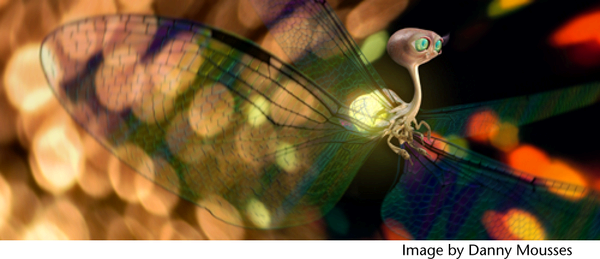
In the real world, what an object is made of is one of two main factors that determine the appearance of its surface (the other is light). This is because when light hits the objects, some of the light is absorbed and some of it is reflected. The smoother the object, the shinier it is; the rougher the object, the more matte it is.
In Autodesk®Maya®, the appearance of a surface is defined by how it’s shaded. Surface shading is a combination of the basic material of an object and any textures that are applied to it.
In Maya, materials (also called shaders) define an object’s substance. Some of the most basic attributes of materials include color, transparency, and shine. For more information on materials in Maya, see Surface, displacement, volumetric materials .
Factors beyond basic color, transparency, and shine that determine the appearance of an object’s surface (such as more complex color, transparency, shine, surface relief, reflection, or atmosphere) are defined by textures. For more information on textures, see 2D and 3D textures, Procedural textures, and File textures.